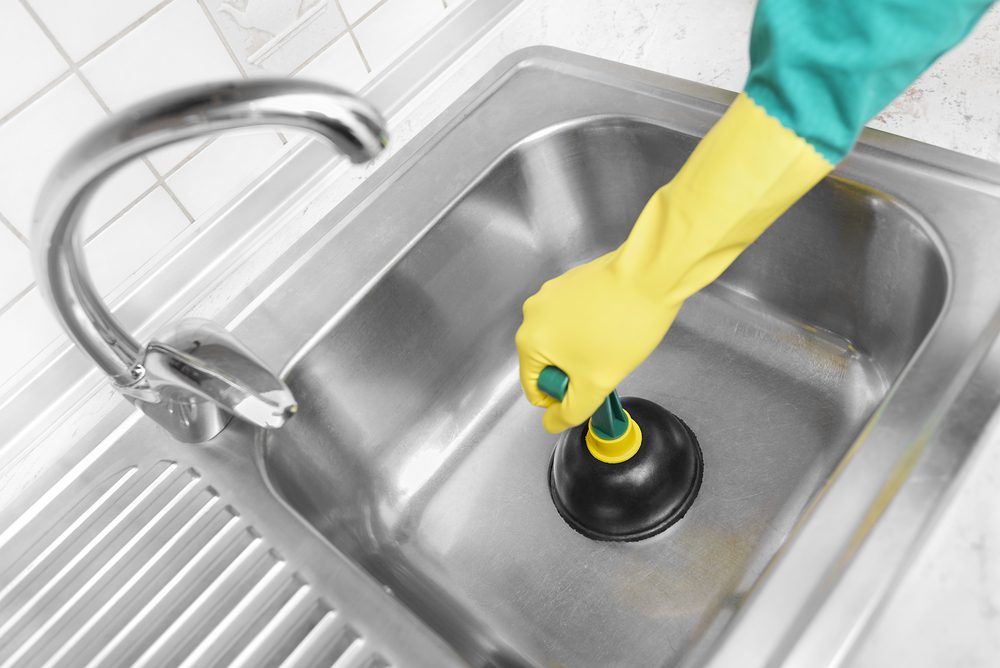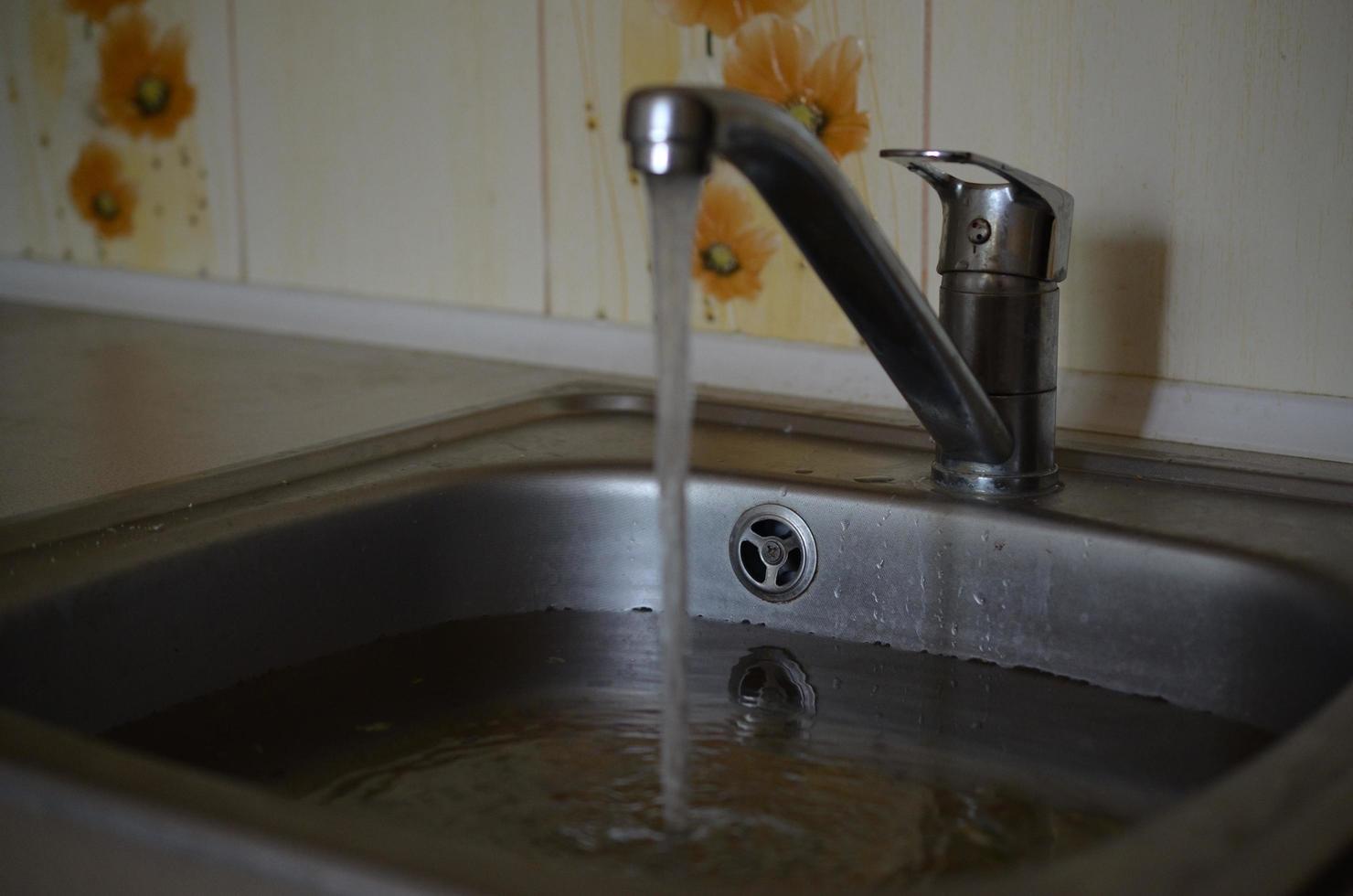Easy Ways To Correct A Slow-Draining Sink
Easy Ways To Correct A Slow-Draining Sink
Blog Article
Almost everyone will have their own individual idea involving Three Common Ways to Fix a Slow Drain.

Introduction
We have actually all been there: You're cleaning your teeth or cleaning your hands, and you observe the water merging in the sink. Rather than rapidly swirling away, it remains, transforming your once-refreshing morning routine right into a small swamp scene. A slow-draining sink isn't simply frustrating; it's frequently an indicator of bigger pipes problems hiding below the surface area. The good news is that the majority of slow-draining sinks can be fixed with a little knowledge, a few fundamental devices, and some persistence. Ready to tackle this task head-on? Allow's roll up our sleeves and dive right in.
Recognizing the Root Causes Of a Slow-Draining Sink
Prior to you begin poking around in your pipes, it aids to recognize what could be creating the stagnation. Recognizing the origin makes it much easier to select the best solution.
Tools and Products You'll Require
The right tools make all the distinction. The good news is, you will not require a fully equipped plumbing technician's van to finish the job.
Step-by-Step Overview to Repairing a Slow-Draining Sink
Currently, allow's enter the nitty-gritty. This detailed process will direct you through straightforward techniques to recover your sink's drainage.
Step 1: Remove and Tidy the Stopper
Commonly, the stopper (that tiny plug you lower to obstruct water) is the initial wrongdoer. Remove it very carefully and clean off any hair or substance entraped around its base. Wash it completely prior to putting it back in position.
Step 2: Utilize a Plunger to Remove Debris
Got that plunger ready? Setting it over the drain and give it a few firm pumps. The concept is to produce suction that can loosen any blockage. If you see bits of debris drifting up, you're on the right track.
Action 3: Try a Drainpipe Snake or Cord Hanger
If the bettor does not do the trick, it's time to highlight the drain snake. Delicately feed it right into the drainpipe and spin as you go. You could feel some resistance-- that's likely the blockage. Keep twisting and drawing up until you remove the obstruction. If you don't have a drain snake, a corrected cable hanger can work in a pinch.
Step 4: Apply a DIY Drainpipe Cleanser
A natural cleaner made from cooking soda and vinegar can break down residual crud. Pour half a cup of baking soda right into the drainpipe, followed by half a cup of vinegar. Let it fizz for around 15 mins, after that flush with warm water. This chain reaction often does marvels for small blockages.
Step 5: Reassemble and Evaluate the Sink
Put whatever back with each other and run the tap. Does the water now swirl down the drain at a commendable rate? If yes, provide on your own a pat on the back. If not, do not anguish-- there are still a few even more dress up your sleeve.
Vital Tools for Do It Yourself Repairs
A plunger is your best beginning point. A tiny, sink-sized plunger develops suction that can dislodge small obstructions. For more consistent clogs, a drainpipe serpent (often called a plumbing professional's auger) functions marvels. A pair of gloves, a flashlight, and maybe a pair of protective goggles are likewise convenient.
Suggested Cleaning Solutions
Light meal soap and hot water can aid break down greasy accumulation. A blend of cooking soft drink and vinegar is a tried and true home remedy, and enzymatic cleansers provide an even more green technique. Maintain chemical drain cleansers as a last resource, as they can be severe on your pipes.
Typical Wrongdoers Behind Slow Drain
So, what's blocking points up? Generally, it's a combination of day-to-day debris-- assume hair, soap residue, tooth paste residue, and leftover food fragments. With time, these tiny bits build up and hold on to the pipe wall surfaces, slowly narrowing the passage and making it harder for water to pass through. In some cases, natural resource from tough water can additionally contribute to the gunk, creating the best storm for stubborn clogs.
When is it Time to Take Action?
If you notice the water draining pipes slower than normal, it's a good idea to intervene sooner as opposed to later on. Waiting as well long can result in finish obstructions, unpleasant smells, and even pipe damage. If the water takes more than a couple of secs to clear out after turning off the faucet, consider it a red flag and prepare to put on your DIY hat.
Security First: Precautions and Preparations
Before you launch into unclogging mode, think about safety. You're taking care of potentially dirty water and particles, so slip on a set of gloves. If you're making use of chemical cleaners, make certain the room is well-ventilated and comply with the directions on the tag.
Safety Equipment and Work Space Setup
Put down some old towels or cloths around the sink area to catch splashes. Clear away any kind of products that might enter your way, like soap dispensers or tooth brush holders. See to it you have great lights-- get a flashlight if required.
Alternate Approaches for Stubborn Clogs
Not all clogs are produced equal. If your sink still declines to comply, think about these alternative remedies.
Sodium Bicarbonate and Vinegar Method
We currently touched on this, yet it's worth keeping in mind again. This mild, eco-friendly technique is safer than chemical cleansers and frequently fairly effective.
Enzymatic Drain Cleaners
Enzyme-based cleaners utilize all-natural germs to absorb organic matter. They're an excellent option if you're seeking to prevent rough chemicals. Just keep in mind, they might take a bit longer to work their magic.
Chemical Drain Cleaners: Advantages And Disadvantages
Chemical cleaners can blow up with difficult blockages fast, yet they're not without disadvantages. They can generate warmth and fumes, damage pipelines if made use of excessively, and posture environmental threats. Use them sparingly, and constantly follow the instructions thoroughly.
Safety Nets to Keep Your Sink Flowing
Avoidance is the most effective cure. By embracing a couple of simple practices, you can keep your sink from decreasing to begin with.
Normal Cleaning Practices
Wipe down the sink basin and fixture location regularly. Eliminate hair or food fragments prior to they have an opportunity to wash down the drainpipe.
Staying Clear Of Harmful Compounds Away
Reconsider prior to dumping coffee grounds, grease, or fibrous veggie scraps down the sink. These wrongdoers hold on to pipeline wall surfaces, developing clogs over time.
Regular Upkeep Checks
Set up a fast month-to-month examination. Run warm water with the sink for a couple of mins, focusing on the flow. If it seems slow, act quickly prior to it ends up being a full-on blockage.
When to Call a Professional Plumber
Sometimes, regardless of just how difficult you try, that obstruct just will not budge. That's when it's time to generate the pros.
Signs That Suggest an Extra Major Problem
If your sink drains pipes gradually despite several attempts, or if you see water backing up in other fixtures (like your shower or commode), you might have a more serious plumbing problem lurking deeper in the system.
Balancing DIY Efforts with Professional Assistance
While DIY can save you cash and use a feeling of achievement, there's no shame in calling an expert. A professional plumbing technician can examine your whole plumbing setup, making sure there's no underlying damage or long-lasting problem that can cost you a lot more in the future.
Comparing Costs and Long-Term Solutions
Prior to deciding, consider the big picture. A cheap, quick fix may resolve the trouble temporarily, yet purchasing an extra long-term solution can save you money and tension in the future.
Weighing the Expenses of DIY vs. Expert Fixes
DIY fixes usually cost little bit more than the cost of a bettor or a bottle of baking soda. Professional services, on the other hand, come with a price however may stop repeated problems and expensive repair work later.
Purchasing Quality Fixtures and Upgrades
If your sink's layout adds to regular clogs, it might be worth upgrading to higher-quality components or modifying the pipes design. Consider this a financial investment in your home's capability and comfort.
Verdict
A slow-draining sink can seem like a small irritability, however it's frequently a sign that your pipes needs a little TLC. By comprehending the source, utilizing the right devices and strategies, and committing to easy safety nets, you can keep your sink streaming openly. And when all else fails, never wait to contact a specialist-- your home's pipes is worth the investment in care and maintenance.
4 Tips to Fix a Slow Draining Sink
Removing the Pop-Up
This is a great place to start when it comes to troubleshooting a slow draining sink. If your sink has a pop-up, carefully take it out and remove debris that has built up around the tool. This will also allow you to see if there are any significant blockages in the drain that you can pull out on your own to help clear up the issue.
Use a Zip-It Tool
Like a snake for a large drain, a zip-it tool helps clear out any debris or hair from a sink drain. A tool like this can be used with a drain that pops out or not as it s thinner than most snake-like tools.
Use a Drain Cleaner
Whether making an at-home cleaner or buying a solution at the store, this is a common fix many turn to when it comes to a slow draining sink. There are several options available for purchase at local supermarkets, but for those who prefer to create their own solution, one of the most common is the following.
How to Unclog a Drain Naturally
Pour boiling water down the drain Pour cup of baking soda down the drain Pour cup of vinegar down the drain Wait 10 minutes Pour boiling water down the drain again Turn on the hot water faucet to clear out the solution Use a Plunger
As a worst-case scenario option, a plunger may be a good option for those who are still struggling to get debris out of their drain. This could be especially useful if there is a large item that you suspect may be significantly stuck down the drain.
https://www.abaileyplumbing.com/blog/2021/august/4-tips-to-fix-a-slow-draining-sink/

Do you enjoy reading up on ? Write a comment directly below. We would be happy to know your ideas about this write up. In hopes to see you back again soon. Sharing is good. You just don't know, you might be doing someone a favor. Kudos for being here. Return soon.
Book Maintenance Report this page